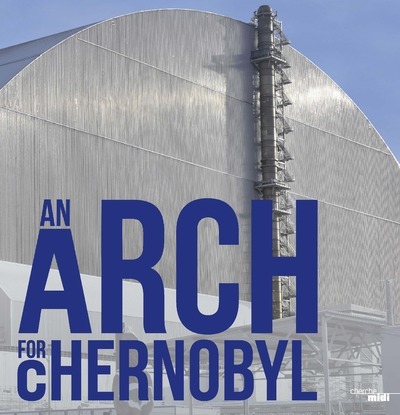Nous utilisons des cookies pour améliorer votre expérience. Pour nous conformer à la nouvelle directive sur la vie privée, nous devons demander votre consentement à l’utilisation de ces cookies. En savoir plus.
Une Arche pour Tchernobyl (version anglaise)
EAN : 9782749156842
Paru le : 24 janv. 2019
-
 Livraison gratuite
Livraison gratuite
en France sans minimum
de commande -
 Manquants maintenus
Manquants maintenus
en commande
automatiquement -
 Un interlocuteur
Un interlocuteur
unique pour toutes
vos commandes -
 Toutes les licences
Toutes les licences
numériques du marché
au tarif éditeur -
 Assistance téléphonique
Assistance téléphonique
personalisée sur le
numérique -
 Service client
Service client
Du Lundi au vendredi
de 9h à 18h
- EAN13 : 9782749156842
- Réf. éditeur : 662488
- Editeur : Cherche Midi
- Date Parution : 24 janv. 2019
- Disponibilite : Disponible
- Barème de remise : NS
- Nombre de pages : 176
- Format : H:278 mm L:268 mm E:25 mm
- Poids : 1.437kg
-
Résumé :
" La douleur et les coûts sont encore lourds, mais le processus de guérison a fait un long chemin. C'est comme fermer une plaie, une blessure nucléaire qui nous appartient à tous. "
Hans Blix, cérémonie d'inauguration de l'arche de Tchernobyl le 29 novembre 2016
.This story deserved a book. Not that of the terrible event that occurred on April 26, 1986 in Chernobyl, nor "the chronicle of the world after the apocalypse,' to quote the Nobel Prize in Literature laureate, Svetlana Alexievich.
It is the story of an unprecedented technical feat, the invention of an arch that offers the possibility of preventing a new drama for humanity.
Thousands of men and women made it watched by the entire planet, under extremely difficult conditions. How could a structure be designed that had to cover a fragile sarcophagus, urgently built right after the explosion of reactor 4 of the Chernobyl nuclear power plant and that continuously emitted a high level of radiation? How could a dismantling factory – which was, first and foremost, an arch – be imagined under such conditions with its dozens of tons of highly radioactive materials, without human intervention, under almost absolute confinement conditions so that no contaminated element would escape, whatever the circumstances? These are the challenges that the Novarka teams faced. And that they met. For humanity. For at least 100 years.











